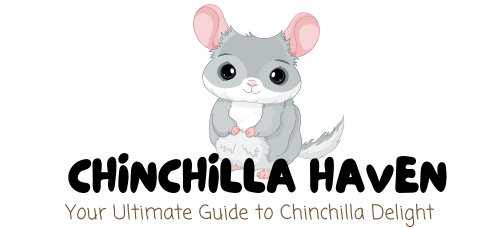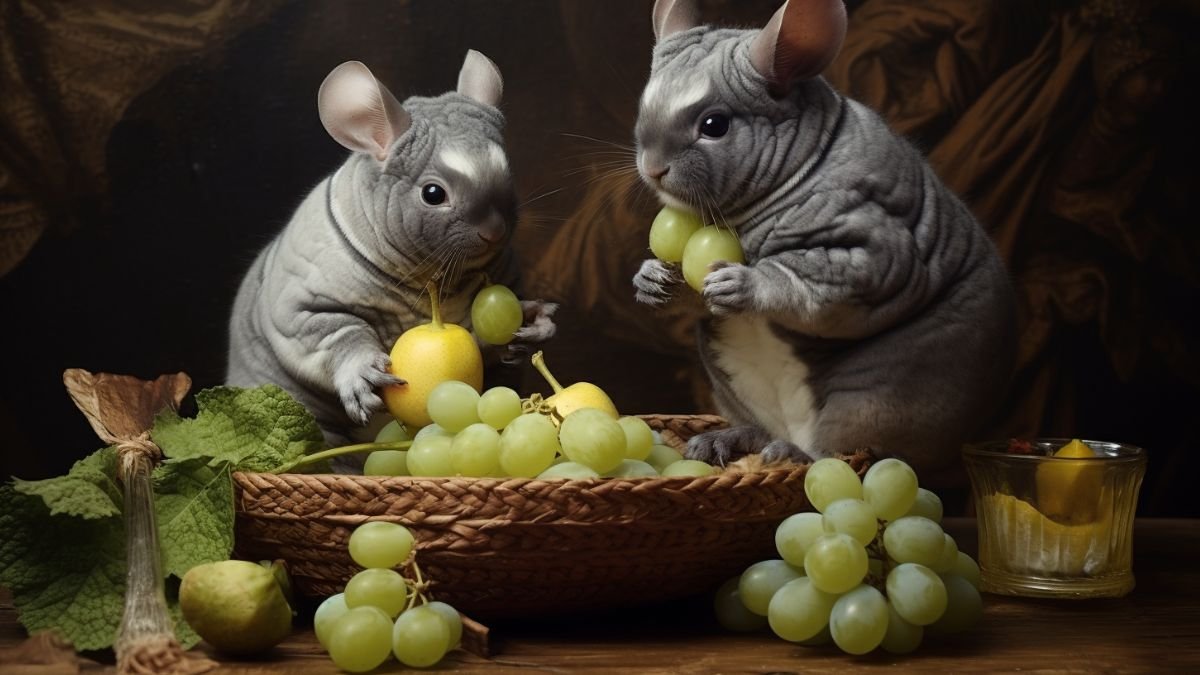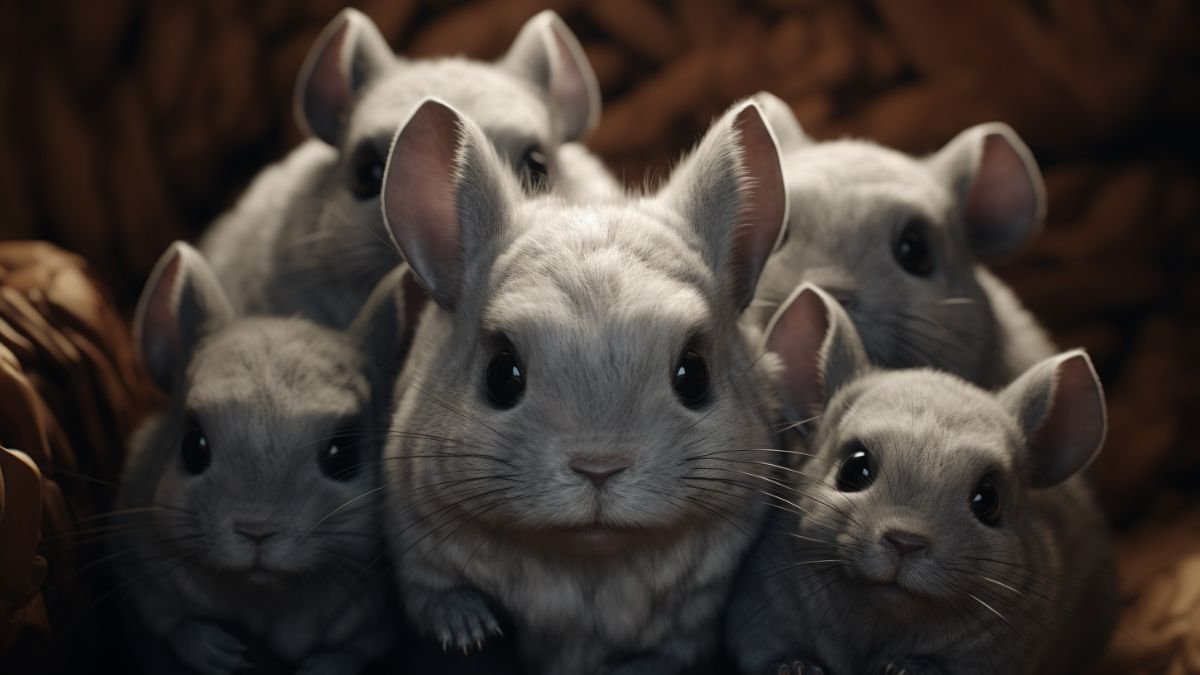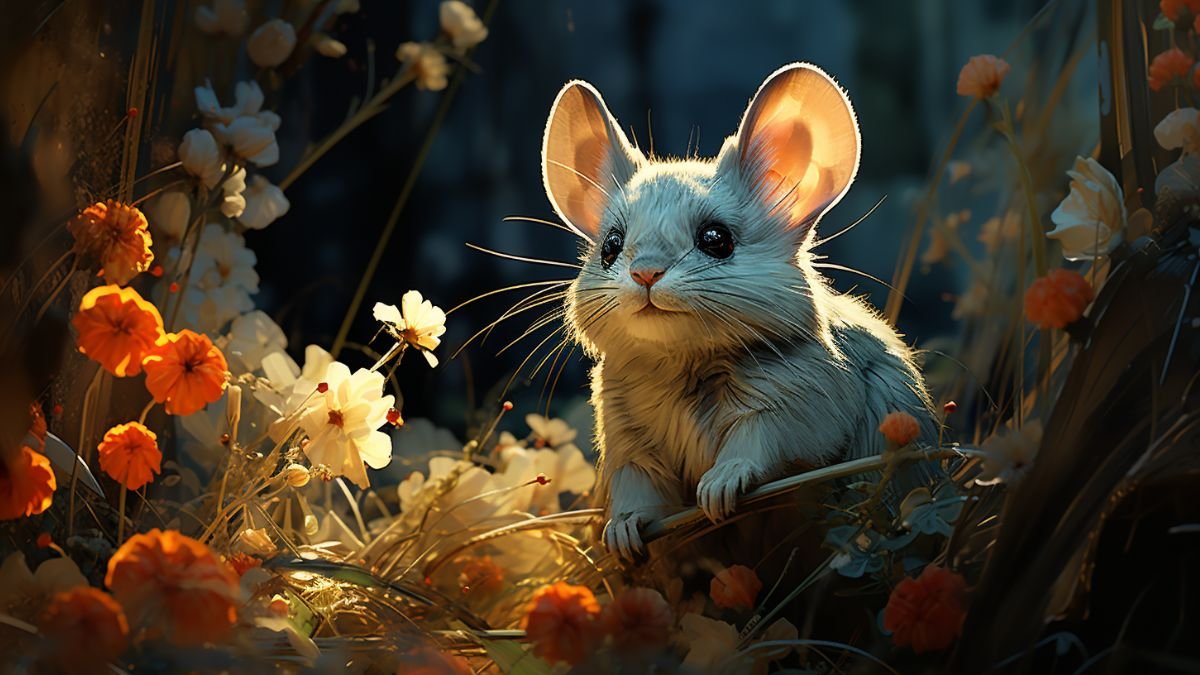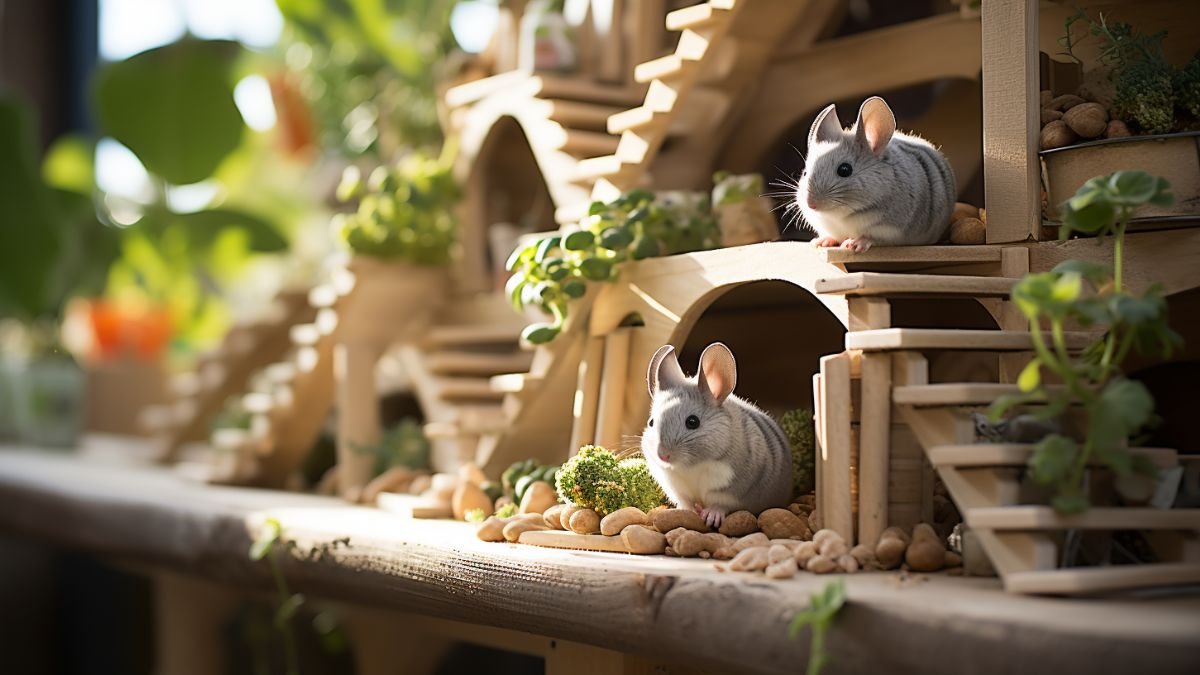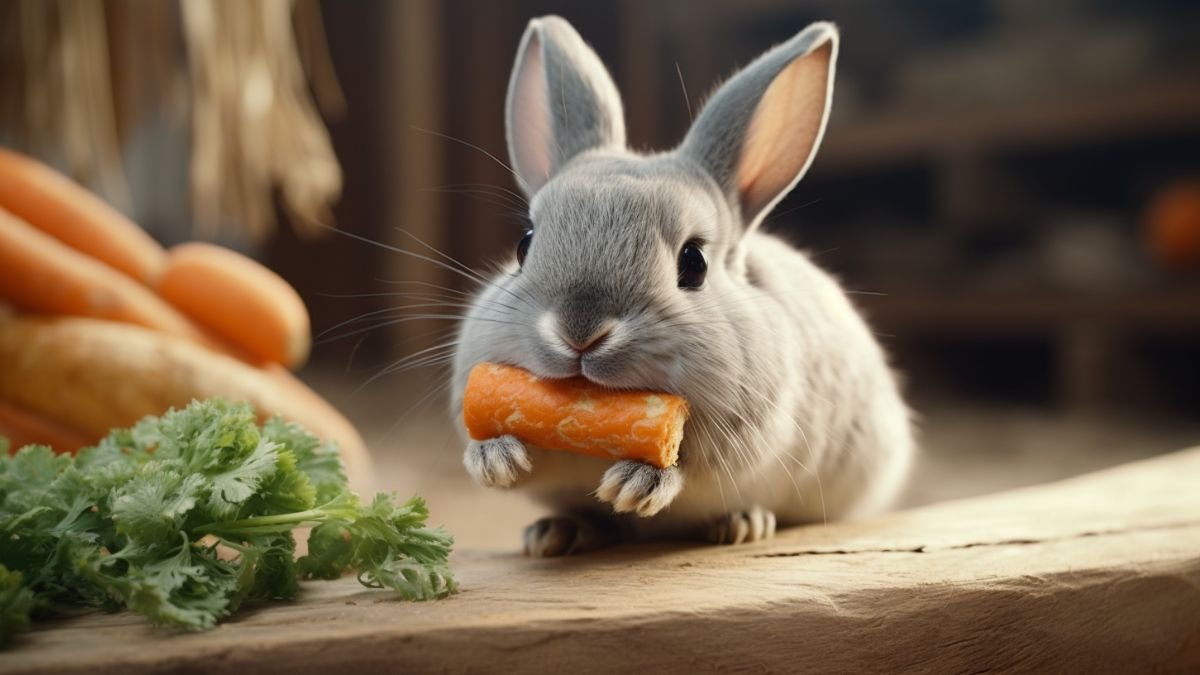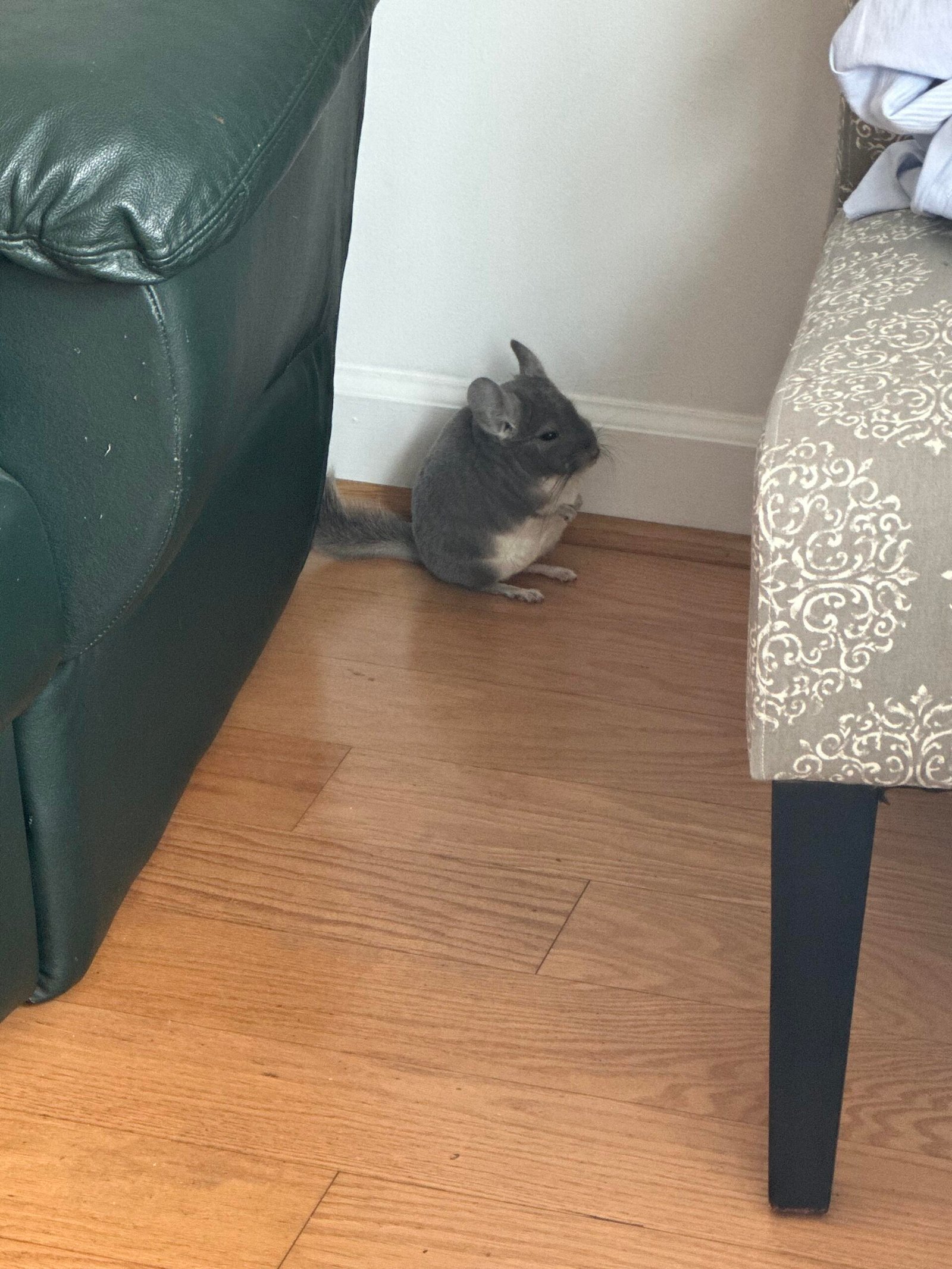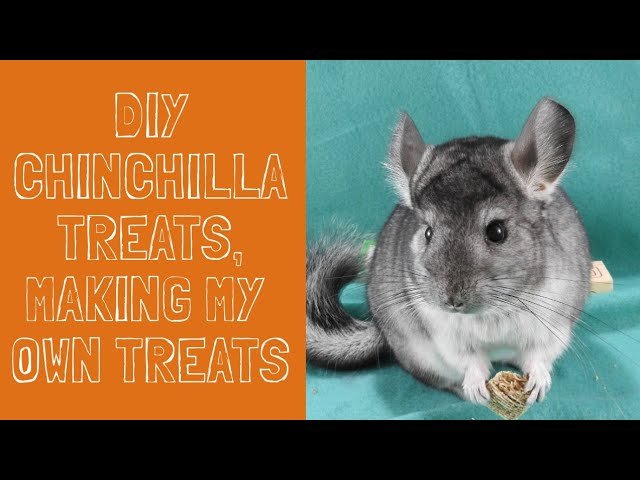
If you love your chinchilla, you want to give it treats that are both tasty and safe. But how do you make sure the snacks you prepare won’t harm your furry friend?
You might worry about the ingredients or the process, and that’s normal. This guide will show you simple, easy steps to create homemade chinchilla treats that your pet will enjoy without any risk. Keep reading to discover the best recipes and safety tips that every chinchilla owner needs to know.
Your chinchilla deserves the best—let’s make treats that show you care.
Choosing Safe Ingredients
Choosing safe ingredients is the first step to making healthy chinchilla treats. Chinchillas have sensitive stomachs. Certain foods can harm them or cause illness. Only select ingredients that support their digestive system and overall health.
Focus on natural, fresh, and chinchilla-friendly items. Avoid anything processed or high in sugar. Keep in mind chinchillas need fiber and low-fat foods. This helps keep their teeth and gut in good condition.
Fresh Hay And Grass
Hay is a staple food for chinchillas. Timothy hay or orchard grass works best. These provide fiber, which aids digestion. Fresh hay ensures treats stay safe and nutritious.
Safe Fruits And Vegetables
Small amounts of certain fruits or vegetables can add flavor. Apples, carrots, and pumpkin are good choices. Avoid citrus fruits and anything sticky or sugary. Introduce new veggies slowly to watch for reactions.
Natural Herbs
Herbs like parsley, dandelion leaves, and mint are safe. They add variety and nutrients to treats. Use fresh or dried herbs without pesticides or chemicals.
Avoid Toxic Foods
Never use chocolate, caffeine, or onion in treats. These are harmful and toxic to chinchillas. Also skip nuts, seeds, and sugary snacks. Keep ingredients simple and natural for safety.
Quality Control And Freshness
Always check ingredient freshness before use. Discard anything moldy or old. Fresh ingredients reduce health risks and improve treat taste.
Nutritional Needs Of Chinchillas
Chinchillas have special dietary needs. Their health depends on a balanced diet. Knowing these needs helps make safe homemade treats. Treats should not harm their digestion or teeth.
Chinchillas need food high in fiber. Fiber keeps their stomachs healthy. It also helps wear down their teeth. Their teeth grow continuously, so fiber is important.
High Fiber Content
Fiber supports good digestion and prevents problems. Hay is the best fiber source for chinchillas. Treats should not replace hay but add to it. Avoid treats with low or no fiber.
Low Sugar And Fat
Chinchillas cannot digest sugar well. Too much sugar causes health issues. Fat can cause obesity and other problems. Treats must be low in sugar and fat. Use natural, safe ingredients without added sugars.
Safe Vitamins And Minerals
Chinchillas need vitamins and minerals in small amounts. Calcium and phosphorus balance is important. Too much or too little can harm them. Homemade treats should include safe, natural sources. Avoid supplements unless a vet suggests them.
Avoid Toxic Ingredients
Some foods are toxic to chinchillas. Chocolate, nuts, and seeds can be harmful. Also avoid onions, garlic, and certain fruits. Check ingredients carefully before making treats. Safety comes first for happy pets.
Avoiding Harmful Foods
Making homemade treats for your chinchilla is fun and rewarding. Safety must come first. Some foods can harm chinchillas. Knowing which foods to avoid keeps them healthy and happy.
Chinchillas have delicate digestive systems. Certain foods cause stomach pain or worse problems. It is best to stick to safe, natural ingredients.
Foods High In Sugar And Fat
Sugar and fat upset chinchillas’ digestion. Avoid chocolate, candy, and nuts. These can cause serious health issues. Treats should be low in sugar and fat.
Toxic Fruits And Vegetables
Certain fruits and vegetables are toxic to chinchillas. Avoid onions, garlic, and avocado. These can cause poisoning or organ damage. Use only safe produce in small amounts.
Processed And Junk Foods
Processed foods contain additives harmful to chinchillas. Stay away from chips, cookies, and human snacks. These offer no nutrition and can cause illness.
Seeds And Beans
Many seeds and beans are unsafe for chinchillas. They contain toxins or hard parts that can block digestion. Avoid sunflower seeds and raw beans in treats.
Simple Recipes To Try
Making homemade chinchilla treats is fun and safe. These simple recipes use common ingredients. Each treat is healthy and easy to prepare. Your chinchilla will love these tasty snacks.
Use these recipes to create fresh, natural treats. Avoid any ingredients that are harmful to chinchillas. Keep treats small and feed in moderation. Let’s explore some easy recipes to try today.
Oat And Timothy Hay Bites
Mix 1 cup of rolled oats with 1 cup of chopped timothy hay. Add a small spoon of water to bind the mix. Press the mixture into small balls. Let them dry for 24 hours before serving.
Apple And Carrot Snacks
Grate half an apple and one small carrot. Combine them into a bowl. Add a teaspoon of plain, unsweetened yogurt. Form small bite-sized pieces and refrigerate for one hour. Serve fresh and remove leftovers after two hours.
Rosemary And Dandelion Treats
Chop fresh rosemary leaves and dried dandelion flowers. Mix with a cup of oat flour. Add a little water to make dough. Shape into tiny squares and bake at 200°F for 30 minutes. Cool completely before giving to your chinchilla.
Preparing Treats Step-by-step
Preparing homemade chinchilla treats is simple and fun. This step-by-step guide helps you make safe snacks for your pet. Each step focuses on careful ingredient choice and proper preparation. The goal is tasty, healthy treats your chinchilla will enjoy.
Gathering Safe Ingredients
Start with fresh, natural ingredients. Use foods like oats, dried rose hips, and small pieces of apple. Avoid sugary or fatty items. Check each ingredient for safety to chinchillas. Fresh herbs, such as parsley, can add flavor and nutrition.
Measuring And Mixing
Measure ingredients in small amounts. Chinchillas need tiny portions to avoid stomach issues. Mix the ingredients gently in a clean bowl. Keep the texture soft but not wet. This helps the treats hold together well.
Shaping The Treats
Shape the mixture into small balls or flat discs. Use your hands or a spoon for size control. Treat pieces should be bite-sized for easy chewing. Avoid making them too large or hard.
Baking Or Drying The Treats
Dry treats slowly in a low-temperature oven or air dry. This removes moisture and prevents mold. Bake at about 150°F (65°C) for 1-2 hours. Let the treats cool completely before giving them to your chinchilla.
Storage And Serving
Store treats in an airtight container to keep freshness. Keep them in a cool, dry place away from sunlight. Serve treats sparingly, as a reward or snack. Monitor your chinchilla’s reaction to new treats carefully.

Storage Tips For Freshness
Keeping homemade chinchilla treats fresh is important for your pet’s health. Proper storage stops treats from spoiling and losing flavor. It helps maintain the right texture and nutrients. Follow these simple tips to store treats safely.
Use Airtight Containers
Airtight containers keep air and moisture away from treats. Use glass jars or plastic containers with tight lids. This prevents treats from getting soft or moldy. Store the container in a cool, dry place.
Keep Treats In Small Batches
Store treats in small amounts to avoid waste. Open only what you need for a few days. This keeps the rest fresh and safe for your chinchilla. Smaller batches reduce the risk of spoilage.
Avoid Direct Sunlight
Sunlight can heat and dry out the treats quickly. Store treats in a dark cupboard or pantry. This helps keep the natural flavors and nutrients intact. Cooler spots work best for longer freshness.
Label And Date Treats
Write the date on the container or bag. This helps track how long treats have been stored. Use older treats first to prevent waste. Proper labeling keeps your storage organized and safe.
Portion Control Guidelines
Portion control is key when making homemade chinchilla treats. Giving too much can harm your pet’s health. Small, measured amounts keep treats safe and enjoyable. Always think about your chinchilla’s size and diet needs.
Recommended Daily Treat Amounts
Chinchillas need only tiny treats each day. Limit treats to one or two pieces. Around 1 to 2 teaspoons of treat mix is enough. This keeps their digestive system balanced. Overfeeding can cause stomach problems.
Monitoring Your Chinchilla’s Weight
Check your pet’s weight regularly. Weight changes show if treat portions are right. If your chinchilla gains weight, reduce treat size. If they lose weight, consult a vet. Consistent weight helps avoid health issues.
Adjusting Portions For Age And Activity
Young and active chinchillas need slightly more treats. Older or less active chinchillas need fewer. Tailor portions to your pet’s lifestyle. Proper portions support energy without extra calories.
Signs Of Allergic Reactions
Allergic reactions in chinchillas can be serious. Recognizing signs early helps keep your pet safe. Watch for changes in behavior or health after trying new treats. These signs guide you to stop feeding and seek help.
Skin Irritation And Redness
Check your chinchilla’s skin often. Redness or swelling shows irritation. It may scratch or bite the itchy area. Fur loss can happen where the skin is sore. These signs mean the treat might cause an allergy.
Respiratory Problems
Observe your chinchilla’s breathing. Wheezing or coughing can be allergies. Breathing fast or with effort is a serious sign. Stop the treat immediately if you see these symptoms. A vet visit is important to protect your pet.
Digestive Upset
Look for diarrhea or soft stools after treats. Vomiting or a lack of appetite also warns of allergies. Your chinchilla may seem weak or less active. These signs show the treat does not agree with your pet’s stomach.
Behavioral Changes
Notice if your chinchilla acts restless or hides more. Excessive scratching or chewing can indicate discomfort. Sudden aggression or lethargy might be due to an allergy. These changes need quick action to find the cause.
Incorporating Treats Into Diet
Giving your chinchilla treats can be a fun way to bond. Treats should not replace their main diet. They help provide variety and encourage good behavior. It is important to give treats in small amounts. This keeps your pet healthy and happy.
Chinchillas have sensitive stomachs. Too many treats can cause stomach problems. It is best to introduce treats slowly. Watch how your chinchilla reacts to new foods. Stop giving any treat that causes discomfort.
How Often To Give Treats
Offer treats only a few times each week. Too many treats can lead to weight gain. Small portions are better than large ones. Treats should be less than 10% of your chinchilla’s daily food intake.
Use ingredients that chinchillas can digest easily. Avoid sugary or fatty foods. Fresh fruits and certain herbs work well. Always check that the ingredients are safe for chinchillas before use.
Watching For Allergies And Reactions
Some chinchillas may be allergic to new treats. Give a small piece first to test. Look for signs like itching or upset stomach. Stop giving the treat if any problems appear.

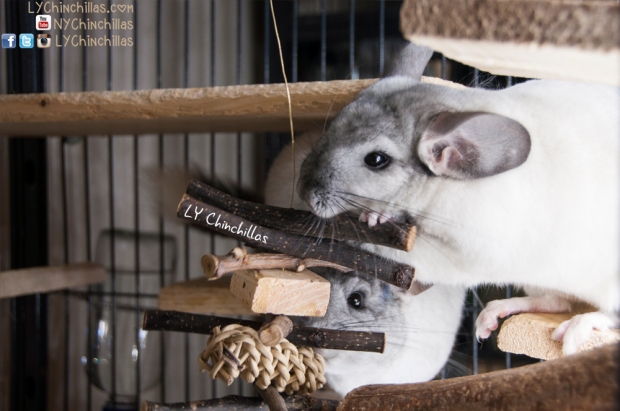
Frequently Asked Questions
What Ingredients Are Safe For Homemade Chinchilla Treats?
Use hay, oats, dried rose hips, and small amounts of fruits like apple slices.
How Often Can I Give Treats To My Chinchilla?
Offer treats once or twice a week to avoid health problems.
Can I Use Store-bought Ingredients For Chinchilla Treats?
Yes, but choose natural, unsweetened, and pesticide-free ingredients only.
What Is The Best Way To Prepare Chinchilla Treats?
Cut ingredients into small pieces and avoid adding sugar or salt.
How Should I Store Homemade Chinchilla Treats?
Keep them in a cool, dry place inside an airtight container.
Are There Any Ingredients I Should Avoid In Chinchilla Treats?
Avoid chocolate, nuts, seeds, dairy, and sugary or salty foods.
How Can I Tell If A Chinchilla Likes A Treat?
Watch if it eagerly eats the treat without hesitation or signs of discomfort.
Can Homemade Treats Replace Regular Chinchilla Food?
No, treats should only complement their main diet of hay and pellets.
Conclusion
Making homemade chinchilla treats can be safe and fun. Always choose fresh, natural ingredients your pet can eat. Avoid foods that might harm your chinchilla’s health. Keep treats simple and give them in small amounts. Watch how your chinchilla reacts to new treats.
This helps you keep your pet happy and healthy. Homemade treats show you care and offer variety. Enjoy the process and bond with your chinchilla. Safe treats make your pet’s day better.
